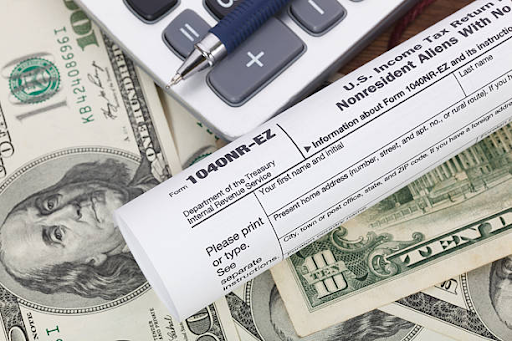
As the Thanksgiving season approaches, Americans harbor hopes of expressing gratitude for a tax code that is hailed as "simpler and fairer." However, the pursuit of these lofty goals is a nuanced dance among three primary concepts—efficiency, fairness, and simplicity.
Efficiency scrutinizes the allocation of resources in the economy and gauges the distortions in economic decision-making that arise from the tax system. Fairness, on the other hand, encompasses equity among taxpayers with similar incomes and the correlation between a taxpayer's ability-to-pay and their overall tax liability. Meanwhile, simplicity centers on the ease of compliance and administration.
The ideal, simplest tax system would uniformly assign the same tax amount to every taxpayer. While this approach would facilitate compliance and administration, it is often perceived as "unfair" because it disregards a taxpayer's ability-to-pay.
Herein lies the dilemma: efficiency, fairness, and simplicity are not easily reconcilable objectives. Tax reform becomes a complex challenge as lawmakers navigate the delicate tradeoffs among these competing goals.
Consider the hypothetical scenario where the government opts to reduce the number of tax brackets from 7 to 3, enhancing simplicity. While this simplification is beneficial, it may entail reducing the tax rate for high earners. Is it fair to lower tax rates for the affluent? The answer becomes more nuanced when considering the elimination of certain deductions, such as the deduction for state and local taxes, which could impact the overall tax liability of high-income individuals.
Reducing tax rates (simplicity) and broadening the tax base (fairness) may contribute to efficiency, depending on the specifics of the reforms. Removing certain tax preferences, like the deduction for state and local taxes, can mitigate distortions in economic decision-making. However, it introduces complexities, creating new inequities, especially for taxpayers in states with higher tax rates.
The outcome of tax reform reflects the delicate balance struck among these policy objectives—efficiency, fairness, and simplicity. Achieving such equilibrium necessitates tradeoffs and compromises that can garner support from a majority of House and Senate members.
A historical precedent of such equilibrium emerged during the 1986 Tax Reform Act, signed into law by President Ronald Reagan. This legislative feat was achieved during a period when Democrats held a majority in the House, and Republicans controlled the Senate. Compromises between the two chambers resulted in a comprehensive tax reform that sought a delicate harmony between competing objectives.
Today, many aspire to witness a similar bipartisan balance, hoping that the intricate dance of efficiency, fairness, and simplicity can be orchestrated before the next Thanksgiving turkey is carved. The challenge lies in finding common ground that transcends party lines and ensures that tax reform serves the collective interests of the nation. As policymakers engage in this intricate dance, the results will shape the tax landscape for generations to come.
